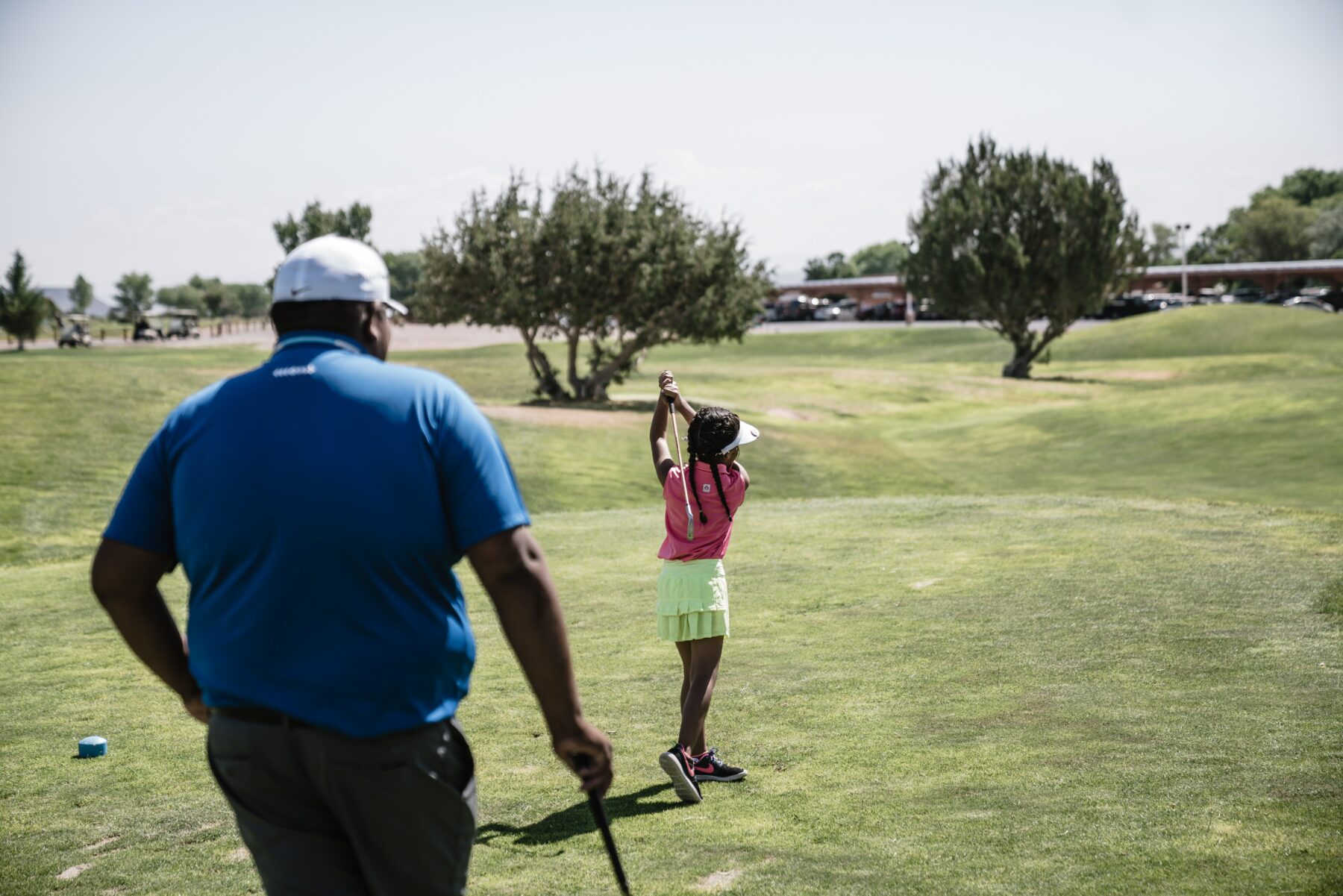How to Determine and Use a Golf Handicap Score

One of the most common questions golfers ask one another is, “What’s your handicap?” To the newcomer, this can produce a puzzled expression. Understanding handicaps, how they are calculated and how they are used can be confusing.
The handicap essentially indicates how many strokes a golfer is over par. The lower the number, the better. Golf uses the handicap scoring system which helps track your skill level, promote more competitive play and maintain the integrity of the game — ultimately enhancing the enjoyment whether you shoot a 72 or a 100.
Handicaps are a great way to measure your skills against your competition, friends and family, or favorite celebrity.
Calculating a Golf Handicap

A golf handicap is shown as a positive or negative number which is translated to “equal to par.” Determining your handicap is not overly complicated. You just need to calculate the difference between a total golf course par (the number of strokes a golfer should take to finish an 18-hole course or one hole) and your score. For example, if you score an 80 on a standard 72-par course, then your handicap would be 8 — the number of strokes you are over par.
The lower your handicap, the more advanced you are considered. Most golfer’s handicap is a positive number. A handicap of zero, or equal to par, is called a “scratch golfer.”
Golfers typically take the average of your last five 18-hole scores to get a general idea of your handicap and the average of your 18-hole scores for the last 20 rounds to calculate what would be considered an official handicap.
Using Handicaps During Your Play
A player can assign a handicap on the overall score of a round, or on an individual hole, which is most commonly used during match play where you play head-to-head against an opponent or in teams determining a winner through each individual hole and not by the total score of the round.
Each hole on a golf course has a par associated with it which could be a par 3, par 4 or par 5. This would be the number of strokes that it would take to get the ball in the hole depending on the length of the hole. The standard par for all 18 holes is normally 72. Every golf course also ranks the difficulty of each of the holes from hardest to easiest. If your handicap, or the difference in your handicap versus your opponent, was 18, you would subtract a stroke off each hole of your score. If your handicap were nine, you would subtract a stroke off the nine hardest holes.
Why Is a Golf Handicap Used?

This measurement is used to have all types of golfers be competitive in a competition and to make everything fair.
A handicap system helps all golfers play on the same playing field. Golfers tend to have more fun when things are fair. For example, if player A shoots an 80 but has a 5 handicap then the net score would be a 75. If player B shoots a 90 but has a 20 handicap, then the net score would be 70 and they would win. This helps beginner golfers feel like they are still in the running for competitions when they can compete against the good golfers. Experienced golfers love to track their scores each round to see how they are improving their skills.
Recordkeeping
With handicapping also comes responsibility for the individual to help keep the integrity of the game. Since golf handicaps are used for competitive purposes, it is the responsibility of the golfer to report scores accurately and attempt their best score on each hole.
For the casual or beginner golfer, there are many phone apps available to track scores and handicaps as well as save scorecards. Beginner golfers can also track their scores in different creative ways. I encourage all my beginner golfers to keep track of their scores with smiley faces. If the hole was good for them, then put a smiley face. If they had a couple of good shots but could improve, then put a neutral face. If the hole was not their favorite or they did not finish the hole, then they would put a frowny face.
Most golfers track their handicap through a system called Golf Handicap Information Network (GHIN). The platform is run by the United States Golf Association Service and is commonly used by golfers throughout the world. I encourage all golfers to utilize this system as it can help facilitate friendly competition while they work to lower their handicap each round. All junior golfers and beginner golfers are encouraged to join as well so they can see their improvements throughout their learning process.
About the Author

Ashley Skidmore is the Director of Golf at Hyatt Regency Hill Country Resort and Spa’s Hill Country Golf Club. With nearly a decade of experience in golf management, Skidmore has worked at several golf clubs throughout the region including Wolfdancer Golf Club at Hyatt Regency Lost Pines, Teravista Golf Club in Round Rock, the Broadmoor in Colorado, and Promontory Ranch Golf Club in Utah. She has received several accolades throughout her career including the 2020 STPGA “Golf Professional of the Year” and the STPGA “Player Development” award in 2017.






